Comparing termeh vs sunbrella can be described as the confrontation of the past and future of fabric production. It is just like comparing the old computer systems with Kubernetes as an innovative and revolutionary system that creates applications convenient to manage and deploy where ever you want. Since the Safavi era, Termeh has been a popular fabric in Iran.
Its origin is a subject of controversy among scientists. According to some of them, termeh was made in Kashmir and then shipped to Iran. Others argue that the Iranians invented the termeh weaving and that this material has been concentrated in other parts of the world, similar to other handicrafts (Kasmir: Historical region divided between India and Pakistan).
However, in comparison to Kashmiri termeh, Iranian termeh is superior, and it comes in a variety of colors and styles. The single thing that has made Kashmir famous is the use of a type of string manufactured from wild goat’s wool. Aside from its primary habitat in the Himalayan mountain area in northern India. As a result, Kashmiri termeh weaves were more widely available, whereas Iranians had to rely on fleece.
Traditionally, the initial stage in termeh weaving was to prepare the raw materials. As a result, it was critical to use extreme caution when preparing wool, washing, and drying it. Weaving termeh requires excellent wool with long fibers.
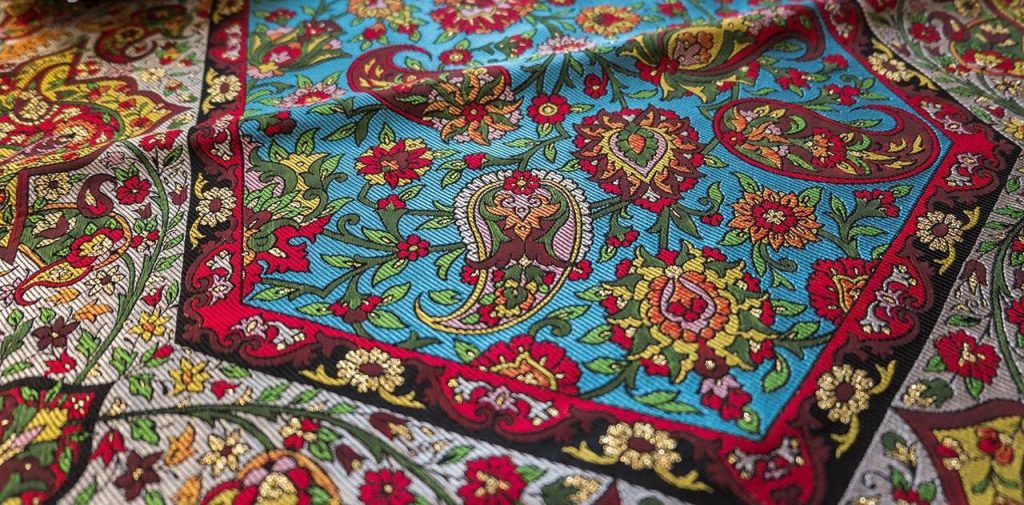
Typically, Iranian termeh designs were the result of collaboration between two primary people- an expert and a laborer. Weaving Termeh was such a delicate, delicate, and time-consuming task that a good weaver could only make 25 to 30 cm (1 foot) every day.
The majority of the backdrop colors utilized in termeh are jujube red, pale red, green, orange, and black. In contrast, Sunberella is a modern fabric brand that is made with high-tech machines with innovative designs and textures. Sunbrella was founded in the 1960s as an innovator.
When the rest of the competition was producing fabrics predominantly made of cotton, which is prone to damage, fading, and ripping, Sunbrella introduced its solution-dyed acrylic fabric. This fabric differs from its cotton and polyester competitors in a few ways, giving Sunbrella a competitive advantage.
Sunbrella invented a unique color-to-the-core technology, which made each fiber colored rather than fiber with coloring on top, as opposed to cotton rivals, which kept the color dye on the surface.
Sunbrella soon gave rise to a new way of looking at outdoor patio furniture cloth, as well as boat covers and umbrella tapestries, with their ongoing research and development on polishing their fabric. Whereas termeh is an artwork that is invented in an area between India and Pakistan, Sunberella is an innovative modern fabric that is produced by high-tech machines.

termeh fabric vs
The fabric was prestigious and vs other fabrics has a glorious history. This vast textile is called termeh in Persian, and it was widely utilized for royal robes throughout the Qajar era (1779–1925). The handwoven silk and wool cloth, which dates from the late 1800s, was most likely manufactured in Yazd, a city in central Iran known for its textile production.
The most popular design for termeh was the paisley motif (boteh). This tear-shaped pattern was first popular in pre-Islamic Iran and resurfaced in the sixteenth century. It spread to India from there. Mughal emperors promoted and exported paisley-decorated textiles, which were well-received in Europe, particularly in Britain. Paisley, a Scottish town, became the center of European shawl production after 1800, giving the design its English name.
In the nineteenth century, finely woven termeh fabrics with paisley themes resurfaced in Iran, particularly under Nasir al-Din Shah (reigned 1848–96). As this piece demonstrates, the vibrant backdrop colors were often jujube red, light red, green, or orange. Photographs from the late nineteenth century show the reputation of termeh in Iran.
Only the shah wears a termeh jacket in photographs with courtiers. However, the cloth was also popular for robes of honor (khil’at), which the ruler bestowed on members of the nobility and high-ranking officials. Traditionally, such clothes were distributed during the New Year (Nowruz) celebrations. The term termeh lost its monarch charm after the Qajar dynasty was deposed in 1925.
Now machine woven in wool, it was manufactured in greater numbers and became more inexpensive. One of its most typical applications was as a cover of various sizes. This sample is made up of a dozen pieces of the same cloth that have been sewed together so that the seams are barely apparent. There is little probability that the original cloth was a large robe of honor that was cut and remounted as a table cover. The writing with digits in the white embroidered square identifies the fabric’s workshop, which is currently unknown.

termeh fabric vs sunbrella
Termeh is a traditional textile that was made by hand machines invented in west Asia. In comparison, sunbrella is a modern fabric that is manufactured by high-tech machines in the United State. The termeh refers to a type of textile that developed in Yazd. The textile was traditionally handwoven employing natural silk and wool fiber. Fabric, sheets, panels, and other shapes can be made from termeh.
Traditional quality termehs, such as (neighboring) Kashmiri scarves, are part of the family heritage. These are common objects in Iranian weddings, such as the cloth used as a floor covering. Gold-silver threads may be inserted into the fabric as part of an embroidered design or as a border in this type of fabric. Nowadays, the most expensive words are usually sofri (floor sheets or tablecloths), which are approximately 150 cm (five feet) square.
Scarves, pillowcases, and carpets are all available from Termeh. However, the terminologies were also employed to manufacture curtains, garments, blanket covers, belts (Persian Qamar band meaning belt), robes, and even royal head coverings like head coverings at some point. In reverse, Sunbrella has already made a name for itself in the textile sector with its unique technique for long-lasting fabric that is resistant to fading and wetness.
Sunbrella has made a case for being an industry leader in environmental conscience since its inception and continues to do so now. The outdoor fabric manufacturing method is cutting-edge in terms of not only efficiency but also environmental norms. Furthermore, the procedure for coloring the fabric is so unique that it consumes much less energy and water, contributing to an overall environmentally beneficial product.
Sunbrella fabric, with its unique design, continues to dominate the global market for exterior and interior fabric for cushions, tapestries, and coverings. You can design your house with both fabrics that would be a confrontation of traditional and modern textiles that each of them has its usage.

termeh fabric vs kubernetes
Termeh is a traditional fabric that is associated with art and nobility. The cloth was hand woven first. It is used to make sheets, panels, and table cloths. Termeh vs other fabrics does not have a large variety of usage. It is more luxurious rather than functional. In today’s modern life it is used as a decorative object. Early fabric designs were drawn by artists’ own hands on the paper but now everything has changed for the better.
There are even some apps that help you draw creative and novel designs of fabrics. Even if there is a system that helps you manage your application and allow you to automate daily processes. You can ensure that apps always run the way you intended them to. This system is called Kubernetes.
Kubernetes includes built-in commands to handle a lot of the heavy lifting that goes into application management, allowing you to automate day-to-day operations. You can ensure that apps always execute as you planned. Using innovative technology to design and make a traditional object can be the first step toward preserving the tradition with new technologies.

termeh fabric vs cotton
When it comes to the comparison of two fabrics, termeh vs cotton, the first point that comes to our mind is the materials that are used to make these fabrics. Termeh is one of the most popular Persian souvenirs, catching the eyes of most visitors. This fabric is a sort of handmade Iranian fabric. Silk and wool are used to make Termeh, which is also woven with gold and silver. Expert weavers have woven it.
Because its manufacture is delicate and time-consuming, only 25 to 30 centimeters (10 to 12 inches) are created per day. Termeh is mostly employed as a decorative element at formal occasions such as weddings. Spreadsheets, tablecloths, tights, scarves, cushion coverings, curtains, clothing, robes, regal headdresses, bags, shoes, and so on can all be made from it. The most well-known Termehs manufactured in Iran are Yazdi and Kermani.
Whereas cotton fabric is one of the most widely used fabric types on the planet. This cloth is chemically organic, which means it has no synthetic components in it. Cotton fabric is made from the fibers that wrap the mature seeds of cotton plants, which emerge in a spherical, puffy structure. This fabric has been admired for its excellent breathability and lightness since the dawn of cotton cultivation.
Cotton fabric is likewise quite soft, but it possesses properties that make it similar to silk and wool in terms of heat retention. This fabric has been admired for its excellent breathability and lightness since the dawn of cotton cultivation. Cotton fabric is likewise quite soft, but it possesses properties that make it similar to silk and wool in terms of heat retention. Cotton absorbs a lot of water but dries rapidly, making it a great moisture-wicking fabric.
Cotton is a fabric that can be washed on high heat and drapes well on the body. Cotton fabric, on the other hand, is prone to wrinkling and shrinking when laundered unless it has been pre-treated.

Cotton fabric is made from the boll, a fibrous protective shell that surrounds cotton seeds. While cotton seeds are microscopic, the bolls that encapsulate them can be as huge as the tip of your thumb. Producers must first remove the cotton seed from the boll before making cotton cloth. Cotton is found in approximately 75% of the world’s apparel products.
Cotton is the most frequently used textile fiber in the world, and it may be spun into a variety of various goods. Most T-shirts, for example, include at least some cotton, while true blue jeans are made entirely of cotton. Bathrobes, bathmats, and towels are all made from this fabric, as well as bed sheets, blankets, and duvets. Cotton might even be used to manufacture curtains, wall hangings, and other sorts of home decoration.
Cotton is widely used to manufacture warm-weather clothes because it is highly breathable and absorbent. Its softness makes it a terrific choice for formal and professional attire, and its draping properties make it an excellent fabric for dresses. Cotton is utilized in the production of medical supplies, as well as industrial thread and tarps. To summarize, cotton may be used to manufacture almost every form of consumer or industrial textile.
As you know termeh is a traditional fabric that is made from wool and silk. Early termeh fabrics were woven with silk and gold threads which were used by the royal family. Nowadays termeh is still a luxurious fabric to decorate homes and can be a perfect souvenir for tourists who visit Asian countries like Iran, Pakistan, and India. In contrast, cotton is a natural fabric that comes from the natural fibers of cotton plants. It has a large variety of usage from babies’ underwear to upholstery made from cotton or cotton blends.

termeh fabric replacement
Since termeh is incredibly beautiful so it is difficult to find a real replacement for it. Termeh has been the most luxurious Iranian handwoven cloth for over 400 years. Natural silk and wool fibers were used to weave this beautiful cloth. It was traded along the Silk Roads, which are today known as Aryan trade routes. Yazd is known for creating high-quality Termeh items like scarves, cushion coverings, and mats.
Curtains, clothing, quilt covers, waistbands, robes, and even regal headdresses like turbans are all made with them. The more expensive termehs are now commonly used as floor coverings and tablecloths, with a surface area of roughly 150 square meters [five feet square]. Sheets, panels, and various shapes are used to make it. Jujube red, pale red, green, orange, and black is some of the backdrop hues seen in Persian termeh.
The price of a beautiful piece of Termeh is determined by a variety of factors. For example, the quantity of colors employed is a critical indicator of how much labor was expended on just 25 to 30 centimeters of each termeh. The price of the item rises considerably as the number of colors increases. Pieces with lining are also more expensive than those without. Trim is the third factor.
The piece is priced more as the trim utilized becomes wider and more expensive. Because words alone cannot convey the divine beauty of this historic craftsmanship and you are invited to visit the most sumptuous handwoven textile.

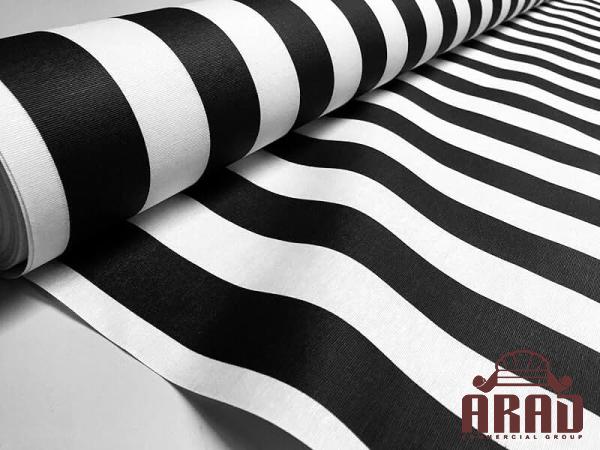
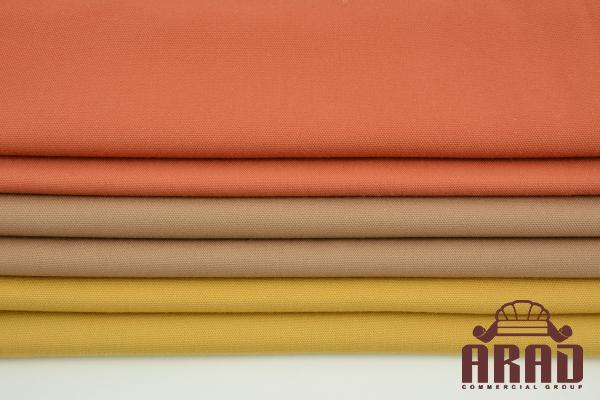
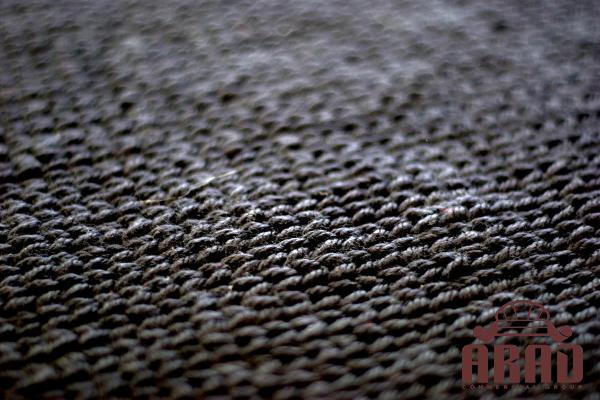
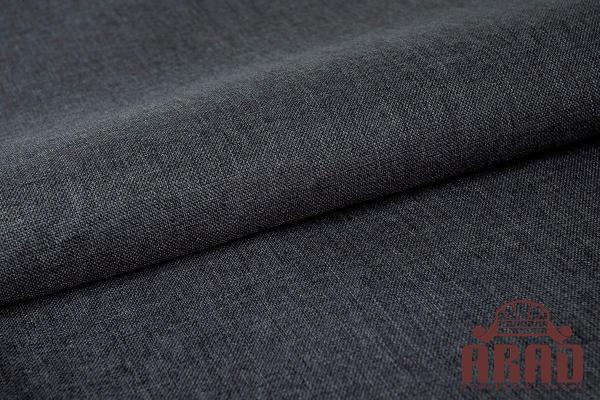

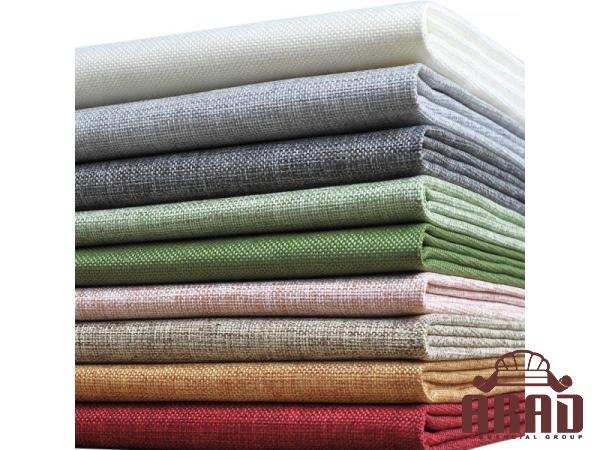
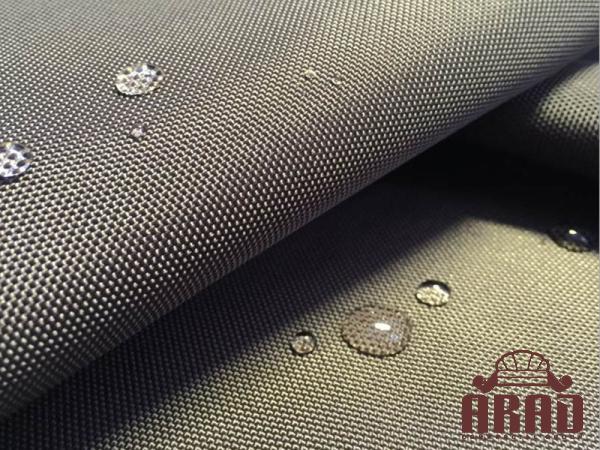
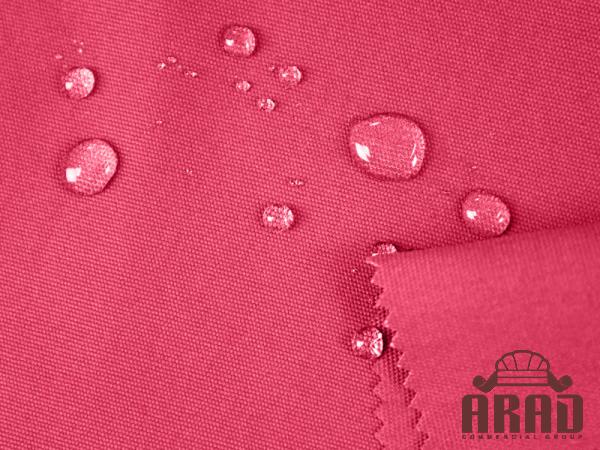
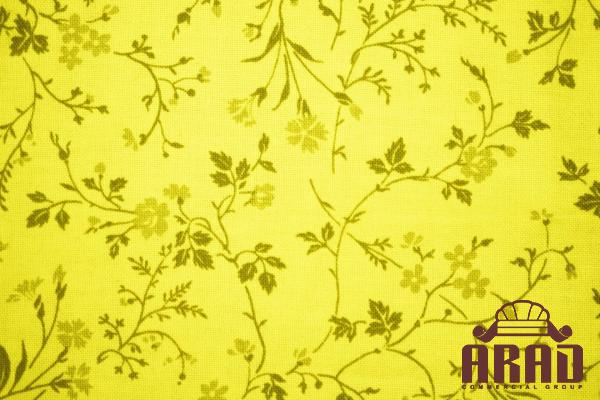
Your comment submitted.